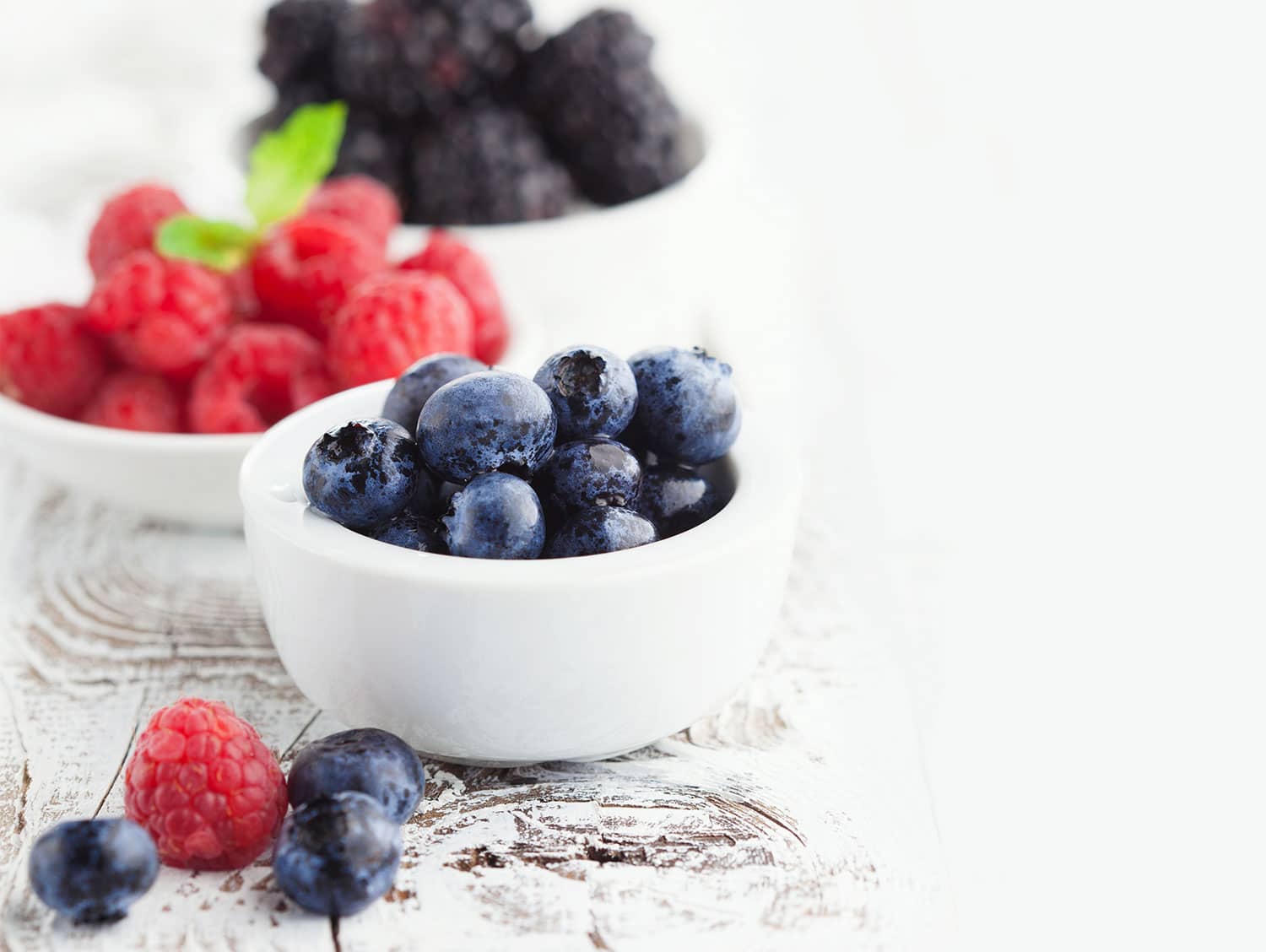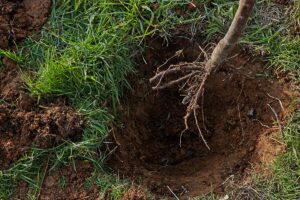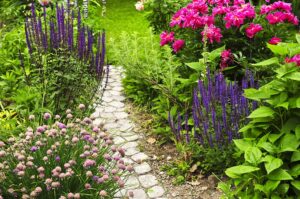What a joy to finally see the roadside stands selling fruits and vegetables directly from the producer! The first basket of red and juicy berries, the raspberries and blueberries bursting with flavour that everyone enjoys: that’s really summer! But did you know that it is possible, and even easy, to grow your own berries in your backyard, in the garden, and even in containers?
Raspberries
Raspberry bushes are small, rather hardy shrubs and, in most cases, very productive without requiring much maintenance. Be careful, many varieties have thorns on the branches, you must protect yourself! Raspberries appreciate sun or light shade. Remember, the more sun you get, the more fruit you will collect. Choose a location with full sun and rich, well-drained soil. When planting, choose a potting soil specifically designed for berry bushes so that your plants receive all the nutrients they need to give you a good harvest.
Depending on the cultivar you choose, the harvest will take place in July and August, some will even produce in September. The juicy, sweet and slightly acidic fruit is delicious fresh, but also in jams, tarts, coulis and others. In recent years, yellow-orange raspberry varieties have appeared, which are really interesting to integrate into your traditional red recipes.
Usually, raspberries are grown in-ground, in rows or along a fence or a shed for example. Some cultivars will also do well in pots. Ask in store for the variety that suits you.
Raspberries are low maintenance. Make sure that the plants do not lack water, especially during planting, and prune the brown branches – those that have borne fruit this season – that are stunted or broken on the ground in the fall or spring. Leave about 4 healthy stems per square foot and prune high to about 4 feet. Add a berry fertilizer or compost annually.
Blueberries
Even though they are quite the champions in the production of wild blueberries, the cultivation of this small blue fruit brimming with antioxidants is not reserved to Lac-Saint-Jean. You can grow blueberries at home. Why not plant them in flowerbeds or make hedges out of them? Blueberries are perfect for this as their foliage is very interesting, they produce small bell-shaped flowers before producing fruits that turn from green to white before taking on their familiar blue hue.
Blueberries like loose, acidic soil. Use a potting soil for acid loving plants or mix equal parts planting soil with peat moss which will acidify the soil. You can add a good layer of mulch to help keep the soil moist and control weeds. Prune lightly in the fall and always clean your plants by removing dry, dead or damaged branches.
Your blueberry plants may take some time to produce fruit, 2 to 3 seasons are often needed for the plant to root properly and for fruits to appear. It is even recommended to remove the flowers as soon as they appear to allow the plant to take root more quickly. To maximize production, plant different cultivars of blueberries, which will encourage pollination.
Blueberries are very abundant in August and September. We love freshly picked blueberries that explode with flavour. They can also be cooked as a dessert or as a sauce for bushmeats. Coat them with chocolate, dark or milk: a pure delight!
You can also plant other varieties of berries to diversify your harvest:
- Haskap
- Red sorrel
- Sea buckthorn
- Juneberry
- Elderberry
Come and discuss it with us in store, we can advise you on the best choices for your situation.









